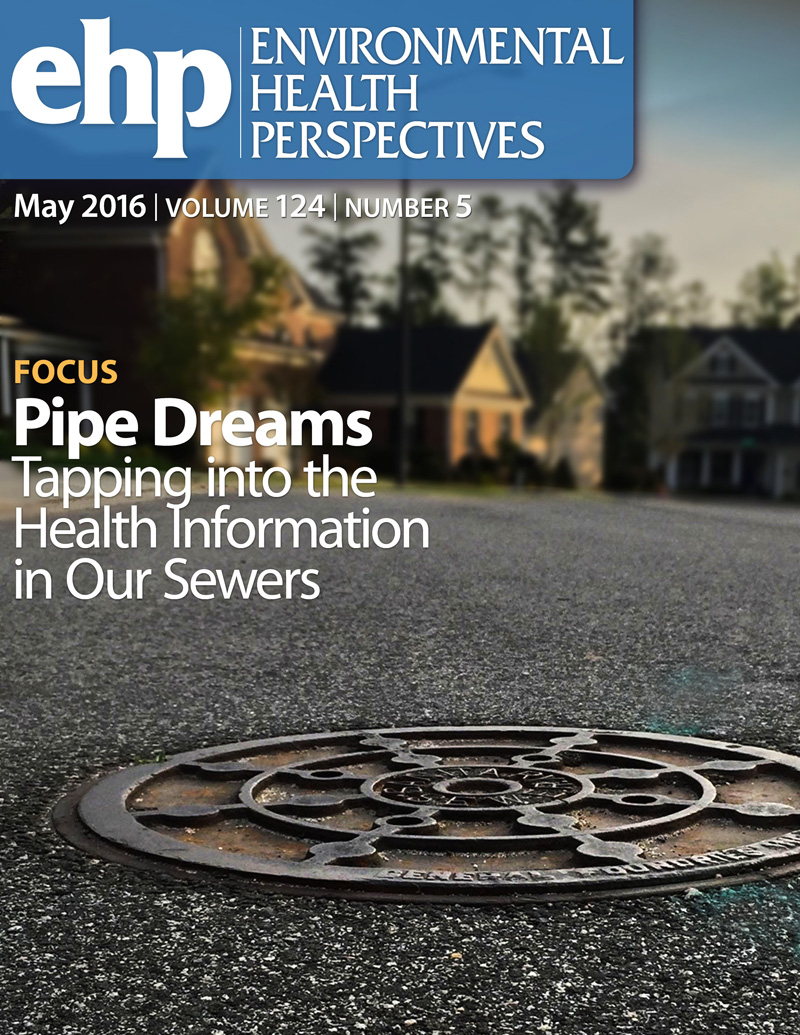Associations between Aircraft Noise, Sleep, and Sleep-Wake Cycle: Actimetric Data from the UK Biobank Cohort near Four Major Airports.
IF 10.1
1区 环境科学与生态学
Q1 ENVIRONMENTAL SCIENCES
引用次数: 0
Abstract
BACKGROUND Nighttime aircraft noise may affect people's sleep, yet large-scale evidence using objective and subjective measures remains limited. OBJECTIVE Our aim was to investigate associations between nighttime aircraft noise exposure and objectively measured sleep disturbance using a large UK cohort. METHODS We used data from 105,770 UK Biobank cohort participants exposed and unexposed to aircraft noise who lived in 44 local authority districts near 4 international airports in England. We used a generalized linear regression model to examine cross-sectional associations between aircraft noise Lnight (23:00 hours-07:00 hours) and 7-d actimetric measures collected 2013-2015 (n=22,102). We also used Logit and generalized estimating equations models to examine associations between Lnight and self-reported sleep measures at enrollment (2006-2010) and follow-up (2012-2013). This approach allowed us to compare and contrast the results and support potential future meta-analyses on noise-related sleep disturbance. RESULTS Cross-sectional analyses of actimetric data suggested sleep disturbance associated with Lnight, showing higher level of movements during the least active continuous 8-h time period [β: 0.12 milligravitational units; 95% confidence interval (CI): 0.013, 0.23]. We also saw disrupted sleep-wake cycles as indicated by index scores of lower relative amplitude (β: -0.006; 95% CI: -0.007, -0.005), poorer interdaily stability (β: -0.010; 95% CI: -0.014, -0.006), and greater intradaily variability (β: 0.021; 95% CI: 0.019, 0.023), comparing Lnight ≥55 dB with <45 dB. Repeated cross-sectional analyses found a 52% higher odds of more frequent daytime dozing [odds ratio (OR) =1.52; 95% CI: 1.32, 1.75] for Lnight ≥55 dB in comparison with <45 dB, whereas the likelihood for more frequent sleeplessness was more uncertain (OR=1.13; 95% CI: 0.92, 1.39). Higher effect sizes were seen in preidentified vulnerable groups, including individuals >65y of age and those with diabetes or dementia. CONCLUSION Individuals exposed to higher levels of aircraft noise experienced objectively higher levels of sleep disturbance and changes in sleep-wake cycle. https://doi.org/10.1289/EHP14156.飞机噪音、睡眠和睡眠-觉醒周期之间的关系:四个主要机场附近英国生物库队列的行动测量数据。
背景:夜间飞机噪声可能会影响人们的睡眠,但使用客观和主观测量方法得出的大规模证据仍然有限。方法:我们使用了 105,770 名暴露于和未暴露于飞机噪声的英国生物库队列参与者的数据,这些参与者居住在英国 4 个国际机场附近的 44 个地方当局辖区。我们使用广义线性回归模型研究了飞机噪声夜间(23:00-07:00)与 2013-2015 年收集的 7 天行为测量数据(n=22,102)之间的横截面关联。我们还使用了 Logit 和广义估计方程模型来研究入组(2006-2010 年)和随访(2012-2013 年)时飞机噪声 Lnight 与自我报告的睡眠测量值之间的关系。结果行为测量数据的横断面分析表明,睡眠障碍与 "一夜 "有关,显示在最不活跃的连续 8 小时时间段内运动水平较高 [β:0.12 毫重力单位;95% 置信区间 (CI):0.013, 0.23]。我们还发现,相对振幅较低(β:-0.006;95% CI:-0.007,-0.005)、日间稳定性较差(β:-0.010;95% CI:-0.014,-0.006)和日内变异性较大(β:0.021;95% CI:0.019,0.023)的指数得分表明睡眠-觉醒周期被打乱。023),与 Lnight ≥55 dB、65 岁以及患有糖尿病或痴呆症的人进行比较。结论暴露于较高水平飞机噪声的个体客观上经历了较高水平的睡眠障碍和睡眠-觉醒周期变化。https://doi.org/10.1289/EHP14156。
本文章由计算机程序翻译,如有差异,请以英文原文为准。
求助全文
约1分钟内获得全文
求助全文
来源期刊

Environmental Health Perspectives
环境科学-公共卫生、环境卫生与职业卫生
CiteScore
14.40
自引率
2.90%
发文量
388
审稿时长
6 months
期刊介绍:
Environmental Health Perspectives (EHP) is a monthly peer-reviewed journal supported by the National Institute of Environmental Health Sciences, part of the National Institutes of Health under the U.S. Department of Health and Human Services. Its mission is to facilitate discussions on the connections between the environment and human health by publishing top-notch research and news. EHP ranks third in Public, Environmental, and Occupational Health, fourth in Toxicology, and fifth in Environmental Sciences.
 求助内容:
求助内容: 应助结果提醒方式:
应助结果提醒方式:


